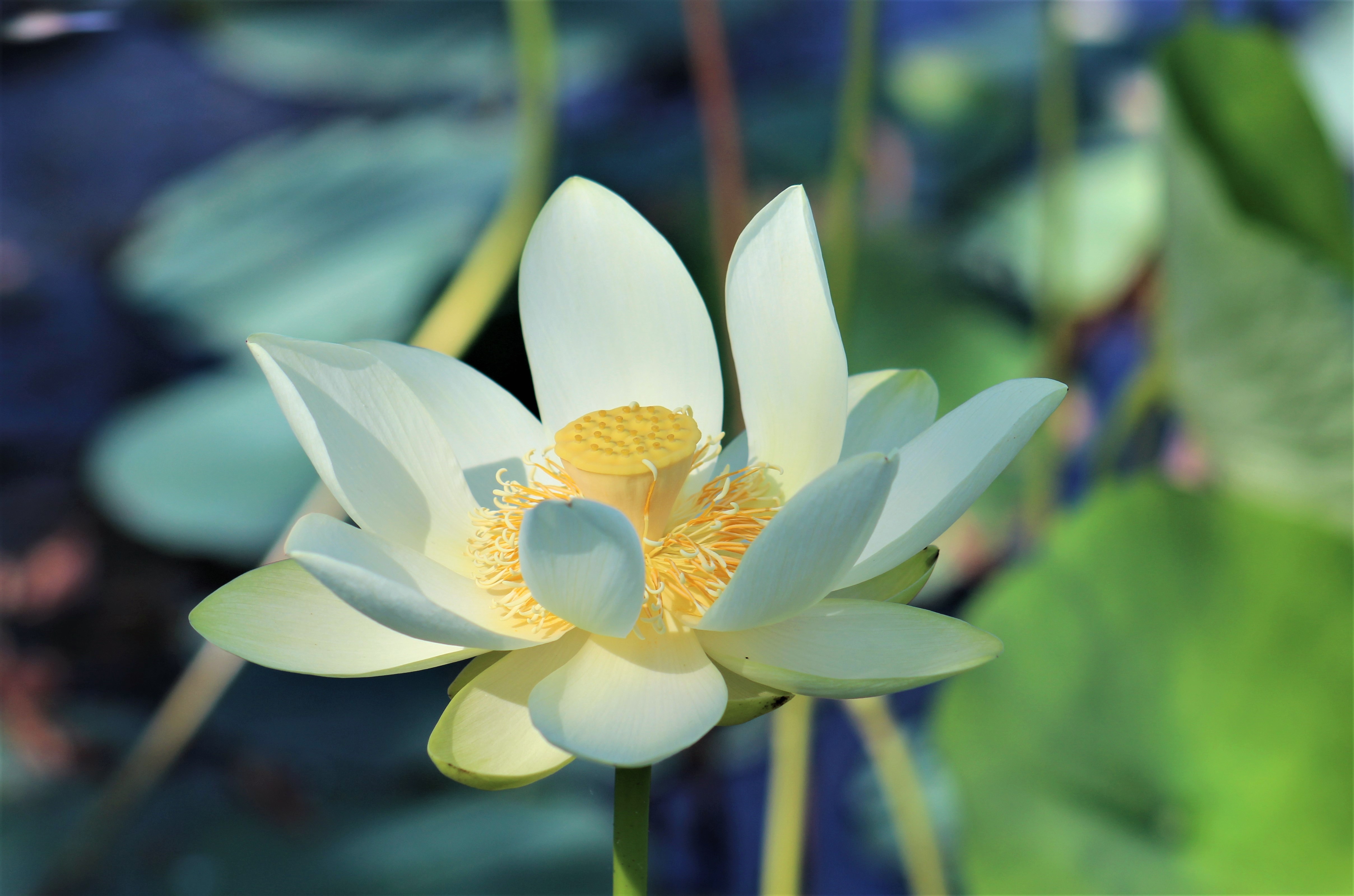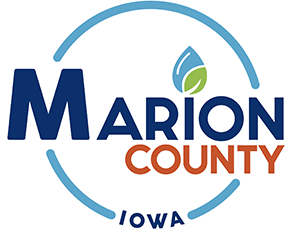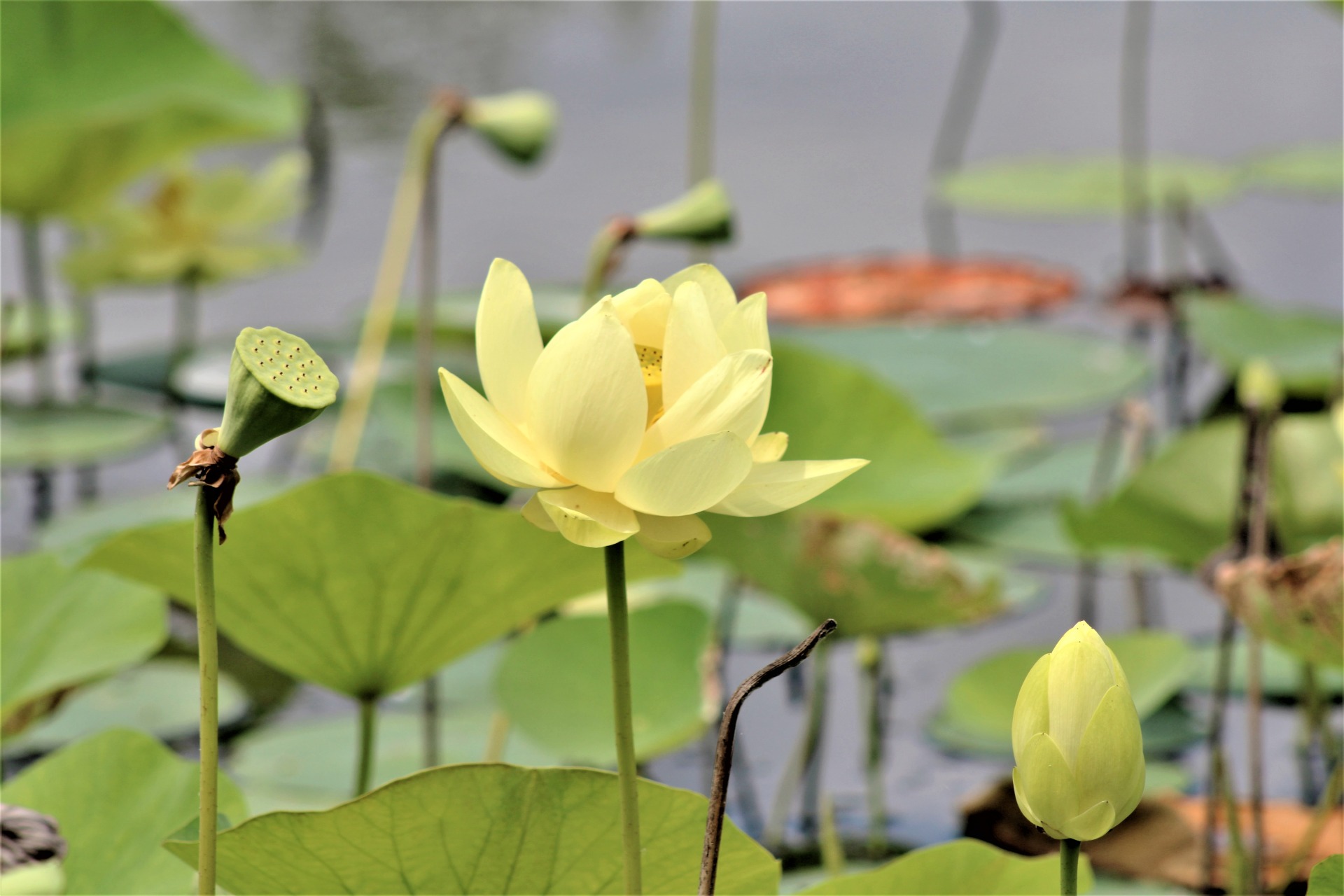Lessons from a water lily
Marla Mertz, Marion County Conservation
The Marion County Conservation Board completed a long-term lake renovation at Marion County Park in 2015. The 7.91 acre lake was constructed in 1961 and the original maximum depth was 24 feet. Over the years, a significant portion of the lake’s water volume had been lost to sedimentation. The fish and aquatic life had deteriorated due to sediment, turbidity, and poor water quality. The average depth in 2013, just prior to the renovation was 9.6 feet maximum depth, but averaged only 3.4 feet deep. The shallowness was causing algal blooms and low dissolved oxygen levels for all the life within the lake. Over 82,000 cubic yards of soil and silt were removed, which is approximately 4,555 quarry dump truck loads.
To read an overview of the three-year Marion County Park renovation process, 2015 Lake Renovation at Marion County Park
It has been an exciting two years to watch the aquatic life and fishery thrive at the Marion County Park Lake. Each month, there is something new and exciting that ‘just appears.’ During June 2017, staff were surprised to see water lilies appear around the well-used fishing pier. It started with just a few leaves appearing and then the magic began.
Water lilies are a perennial plant. The large circular leaves rise to the surface on flexible stalks and seem to gently sway to and fro floating on the water’s surface. As the leaves became more numerous, one single flower rose above one of the larger leaves as if to express its grandeur beauty. Every morning, the tightly bundled petals were checked to see if it had changed. We all tried to guess what day it would open. The morning of August 5th, the petals opened and revealed an amazing yellow center.

It was an early morning celebration for the aquatic life that day. It wasn’t until the bloom of the lily that we noticed the abundance of frogs, turtles, dragonflies, and damselflies staking claim on the lily leaves. You couldn’t miss the subtleness of the northern water snake basking in silence within the shade of the leaves. The abundance of life continues around the fishing pier and the floating pads. It was, and still is quite mesmerizing to seek a little time in this water garden. Check out the Google Photos Album of life in this water garden!
Many wonder how aquatic plants begin in wetland areas. To easily answer, is to say... if you build it, they will come. Nature provides everything that is needed in any type of ecosystem that is done well. Animals and birds tend to migrate from one body of water to another carrying seed on feather and fur or by seeds passing through their digestive systems. Wind can also bring seed to new areas to begin plant life. Who knows, maybe there was something lying in the seed bed just waiting for the appropriate health of the ecosystem to be ‘just right.’
The submerged plant system of water lilies and other aquatic plants provide habitats for micro and macro invertebrates. We are more familiar with the invertebrates when studying life under the water and locating dragonfly larvae, damselfly larvae, water scorpions, and others. These types of invertebrates are food for fish, turtles, reptiles, ducks, and others. As the plants begin to decay and die, the bacteria and fungi feeds the aquatic invertebrates. Many mammals will consume the leaves and mass of roots that we call ‘rhizomes.’ The seeds of the water lily become buoyant and then available for waterfowl to consume. These fragrant white water lilies can either spread from the seed or the rhizomes. There are other beneficial water plants you may see in your areas. Here is an Iowa DNR link if you wish to look further.
As you can see, each and all are connected within an ecosystem. New, clean water and fish health, healthy invertebrates and important plants will again resume and you will notice them thrive. Nature’s way of saying, “Thanks.”
published Wednesday, June 29, 2022



